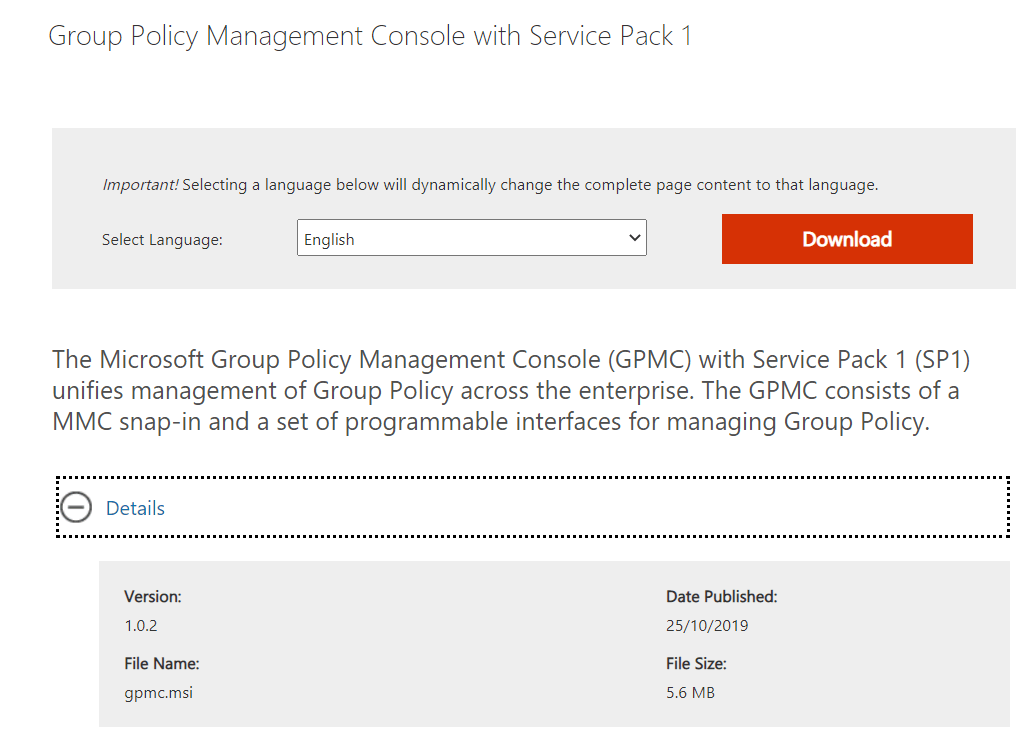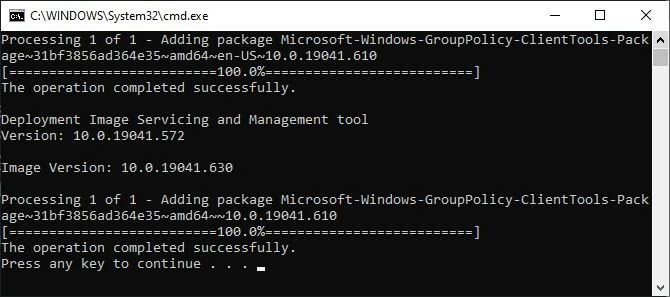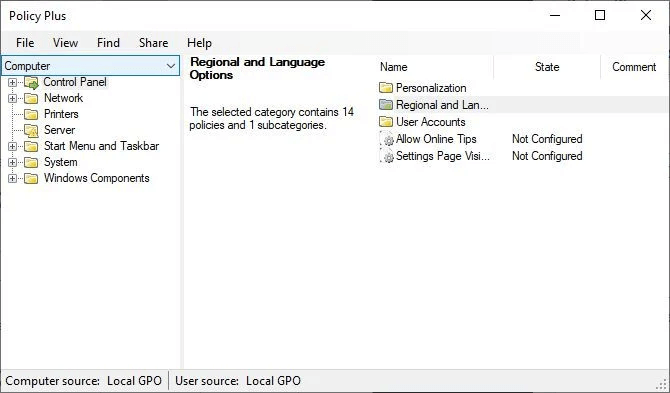Microsoft offers a plethora of Windows 10 editions, including PRO version for Professionals, Home edition for Basic users, Enterprise edition designed for businesses & Education version for Students. So, how can you differentiate among these?
The distinguishing factor between all of them is their system tools available on some specific versions. For instance, Group Policy Editor, a set of tools to configure computer and user settings for devices, is activated for Windows 10 Pro, Enterprise & Education edition but natively missing from the Home version. So, what to do, if you want to enable Group Policy Editor on Home Edition? Well, you need to execute the following steps to activate it!
Must-Read: How To Upgrade From Windows 10 Home To Windows 10 Pro For Free?
How To Enable Gpedit.msc (Group Policy Editor) On Windows 10 Home?
We will guide you through the step-by-step procedure to activate Local Group Policy Editor on Windows 10 Home Edition.
METHOD 1- Use GPEdit Installer
Follow the instructions below:
STEP 1- GPEdit Installer is a configuration manager for Windows which helps users to easily configure Windows settings on Home edition. So, start by installing the editor on your PC!

STEP 2- Once you have installed the set-up file, you can simply run the installation process!
Start configuring Local Group Policy Editor on your Windows 10 Home Edition!
METHOD 2- Use GPEDIT Enabler BAT
Well, if you don’t want to install Gpedit.msc file on your system, due to any reason or the previous methods didn’t work well for you, try this.
STEP 1- On your Windows 10 Home PC, launch Notepad and simply copy and paste the code mentioned below:
@echo off
pushd "%~dp0"
dir /b %SystemRoot%
ervicing\Packages\Microsoft-Windows-GroupPolicy-ClientExtensions-Package~3*.mum >List.txt
dir /b %SystemRoot%
ervicing\Packages\Microsoft-Windows-GroupPolicy-ClientTools-Package~3*.mum >>List.txt
for /f %%i in ('findstr /i . List.txt 2^>nul') do dism /online /norestart /add-package:"%SystemRoot%
ervicing\Packages\%%i"
pause
STEP 2- Save this Notepad file as Eabler.bat & close the window.
STEP 3- Now you need to right-click on the BAT file, you just created and choose the option to Run as Administrator. As soon as you do that, the Command Prompt window will appear on your screen.
STEP 4- You will notice the BAT File being run through several installations. Keep patience and wait until you see Press any key to continue line at the bottom of the window.

To verify the success, press the WIN+R keys and enter gpedit.msc as the command to run. If it opens the Group Policy Editor window, it works. You have enabled Group Policy Editor on Windows 10!
METHOD 3- Use Policy Plus (An Alternative To Group Policy Editor)
If the aforementioned solution didn’t work for you, then you can try installing a third-party software Policy Plus. It’s a strong alternative to Group Policy Editor, it is free of cost, portable, open-source, and can be easily installed on any Windows edition. Using Policy Plus, you get a dedicated dashboard for tweaking Group Policy changes, similar to Microsoft’s Local Group Policy Editor. The only difference is, when making changes through Policy Plus, you need to navigate to File > Save to implement the changes.
STEP 1- Download Policy Plus by clicking here!
STEP 2- Once the setup file is downloaded, you need to run the Policy-Plus.exe file on your computer.
STEP 3- A portable app will be launched immediately.

That’s all! You can start making tweaks to the policies, exactly how you do it in the built-in Group Policy Editor that arrives with different editions.
With this, we conclude our today’s guide on how to enable gpedit.msc (Local Group Policy Editor) on Windows 10 Home Edition. If you know any other workaround to activate the functionality, do mention them in the comments section below!
FAQ: Problems with gpedit.msc
Q1. How To Fix Local Group Policy Editor Missing Error?
Here’s what you can do to fix the Group Policy Editor missing issue:
- Switch your system into Safe Mode.
- Run the aforementioned .BAT File, with Administrator Privileges on.
- Reboot your PC & the problem should be resolved by now!
Q2. What Is a Group Policy Editor?
Group Policy Editor is a dedicated way to configure the system and user settings for a local computer or a network-attached system (via Active Directory). You can utilize the tool to configure almost every aspect of the Operating System, be it Software, built-in Settings, Network & Security Policy, and more.
Q3. Which Settings Are Worth Configuring In Group Policy Editor?
Here are some examples of what can be modified in Group Policy Editor:
- To make tweaks in Start Menu/Taskbar = User Configuration > Administrative Templates > Start Menu and Taskbar
- To delay Windows Update: Computer Configuration > Administrative Templates > Windows Components > Windows Update > Defer Upgrades and Updates
- To make tweaks in Power-related policy settings = Computer Configuration > Administrative Templates > System > Power Management
HANDPICKED ARTICLES:
- Steps to Apply Group Policy to Only Non-Administrators in Windows 10, 8 And 7
- How To Completely Remove Cortana From Windows 10 PC?
- {FIXED}: MsMpEng.exe On Windows 10 High Disk Usage Issue
- How to Disable Automatic Driver Updates in Windows 10?
- 3 Ways: How to Set Maximum CPU Usage for Windows Defender Scan?


 Subscribe Now & Never Miss The Latest Tech Updates!
Subscribe Now & Never Miss The Latest Tech Updates!
local group policy editor windows 10 italiano
Me gusto demasiado tu pagina Gracias SaludosMridula Nimawat
Gracias.